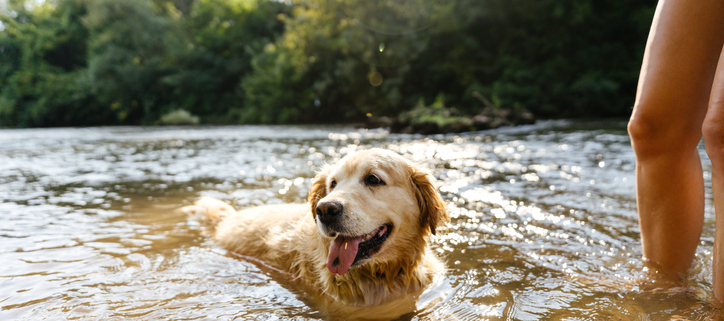Navigating the Risks: Understanding the Dangers of Dogs Swimming in Lakes
While swimming can be a fun and refreshing activity for dogs, pet
owners need to be aware of the potential dangers that come with
swimming in lakes. Lakes may seem like idyllic playgrounds for dogs,
with their sparkling waters and picturesque surroundings, but hidden
hazards lurk beneath the surface that can pose risks to canine
swimmers. One significant danger is the presence of toxic algae
blooms, which can develop in lakes, particularly during warm weather
months. Ingesting or coming into contact with algae-contaminated water
can lead to severe illness or even death in dogs, making it crucial
for pet owners to exercise caution when allowing their dogs to swim in
lakes.
Additionally, lakes may contain submerged obstacles, such as rocks,
branches, or debris, that can cause injury to dogs while swimming.
Sharp objects hidden beneath the water’s surface can lacerate a dog’s
skin or cause other injuries, posing a risk to their safety.
Furthermore, lakes may be home to wildlife, including fish, turtles,
or even predatory animals, which can pose a threat to dogs while
swimming. Encounters with wildlife can result in injury or aggression,
especially if the wildlife feels threatened or cornered by a dog.
Furthermore, water quality in lakes can vary, with some lakes
experiencing pollution or contamination from runoff, sewage, or other
sources. Swimming in polluted water can expose dogs to harmful
bacteria, parasites, or toxins, leading to gastrointestinal upset or
other health issues. Therefore, pet owners should research the water
quality of lakes before allowing their dogs to swim and be vigilant
for signs of contamination, such as foul odors or discolored water. By
being aware of the potential dangers and taking precautions to ensure
their dog’s safety, pet owners can enjoy lakeside adventures with
their furry companions while minimizing risks.



